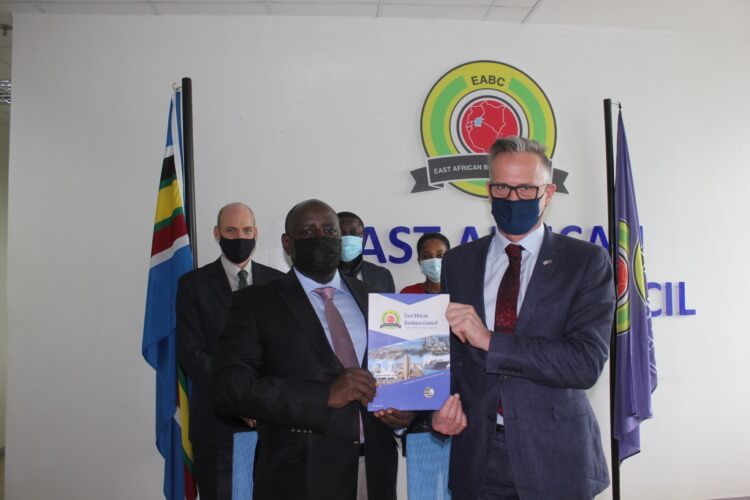
Our Projects are
Transforming African Trade
Quick Contacts
2nd Floor, Fidelity Insurance Centre Waiyaki Way, Westlands

The volume of cargo transiting along the Northern Corridor in the East African community bloc has reportedly dropped owing to effects of Covid-19 Pandemic.
According to the northern corridor transit and transport coordination authority 16th edition report for June 2021, logistics firms involved in the movement, storage, and flow of goods, have been directly affected by the COVID-19 pandemic.
Logistics companies connect firms to markets by providing various services, including multimodal transportation, freight forwarding, warehousing, and inventory management.
This means that supply chain disruptions to the sector caused by the pandemic could impact transport and trade costs.
The Northern Corridor connects Mombasa port in Kenya to Bujumbura in Burundi and is part of the Trans-African Highway (Mombasa – Lagos) while the Tunduma – Moyale road is part of the Cape to Cairo Highway.
The Northern Corridor (1,700 km long) commences from the port of Mombasa and serves Kenya, Uganda, Rwanda, Burundi and Eastern DRC.
Navigating through the Northern corridor you have to trail through; Nairobi – Nakuru – Eldoret – Bungoma – Malaba – Bugiri – Jinja – Kampala – Masaka – Katuna/Gatuna – Kigali – Nemba/Gasenyi – Ngozi – Kayanza – Bugarama – Bujumbura.
Agricultural products account for over 40% of all intra-East African Community (EAC) traded goods [WB 2009]. Specifically, coffee, tea, rice, maize, and wheat are the predominant traded products among EAC states consisting of Uganda, Kenya, Rwanda, and Burundi.
Between 2011 and 2015, 49% of Kenya’s intra-EAC exports was destined to Uganda, 29% to Tanzania, 10% to Rwanda, and 12% to Burundi. Likewise, 50% of Kenya’s intra-EAC imports originated in Uganda, 46% in Tanzania, and the remaining share was shipped from Rwanda and Burundi [The East African 2016].
Besides manufacturing and private consumption, intra-EAC trade has been hailed as one of the key drivers of economic growth in East Africa [AfDB 2018] despite obstacles in harmonising various domestic regulations [Kafeero 2007].
Read original article
Disclaimer: The views and opinions expressed in this article are those of the authors and do not necessarily reflect the official policy or position of TradeMark Africa.